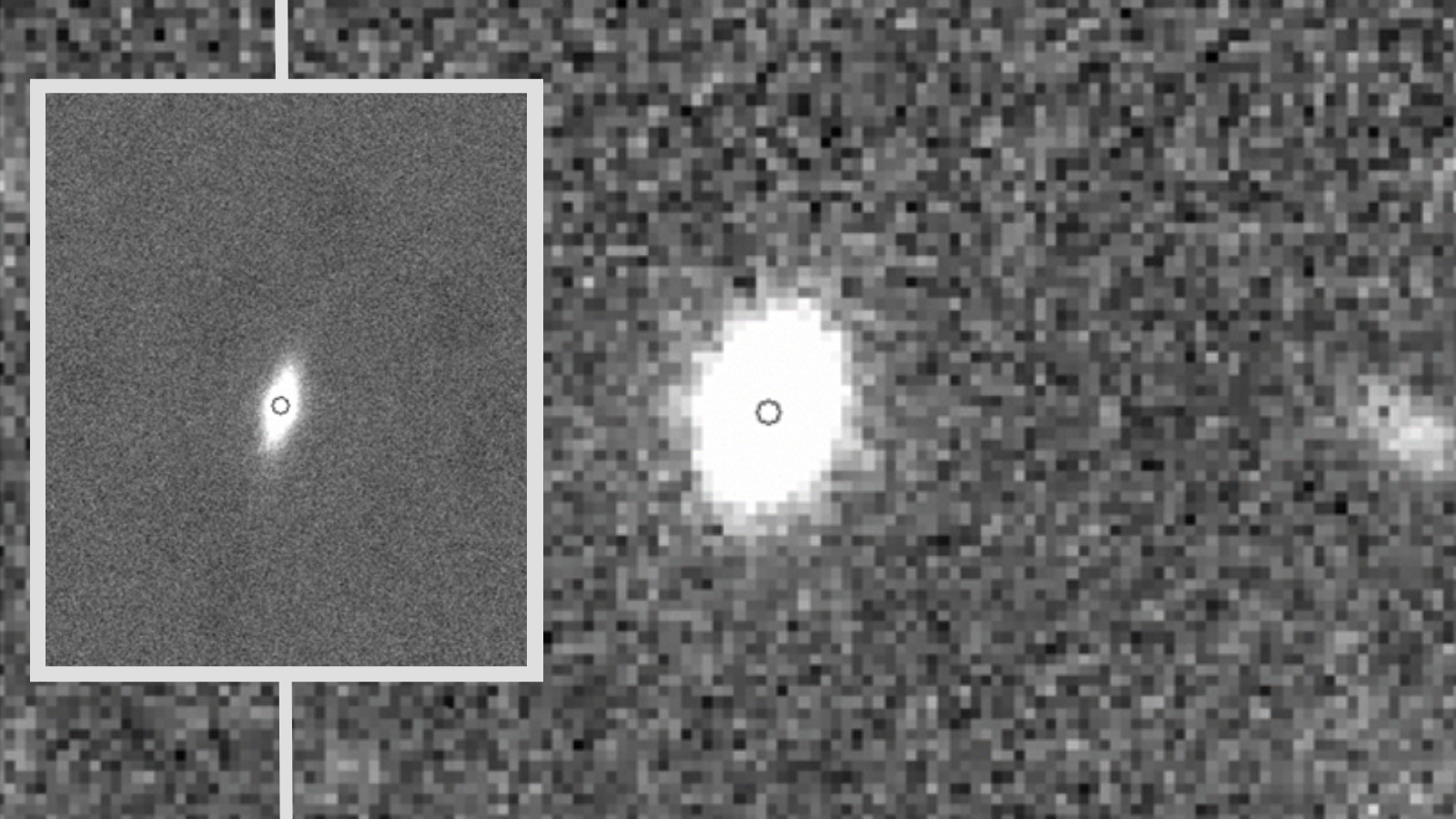August is regarded as "meteor month," boasting one of the best displays of the year: the 2019 Perseids, the most famous of all showers.
These meteors never fail to provide an impressive display, and due to the shower's summertime appearance, the Perseids tend to provide the majority of meteors seen by nonastronomy enthusiasts. This year, the shower will peak in the predawn hours of Tuesday, Aug. 13.
Related: Perseid Meteor Shower 2019: When, Where & How to See It
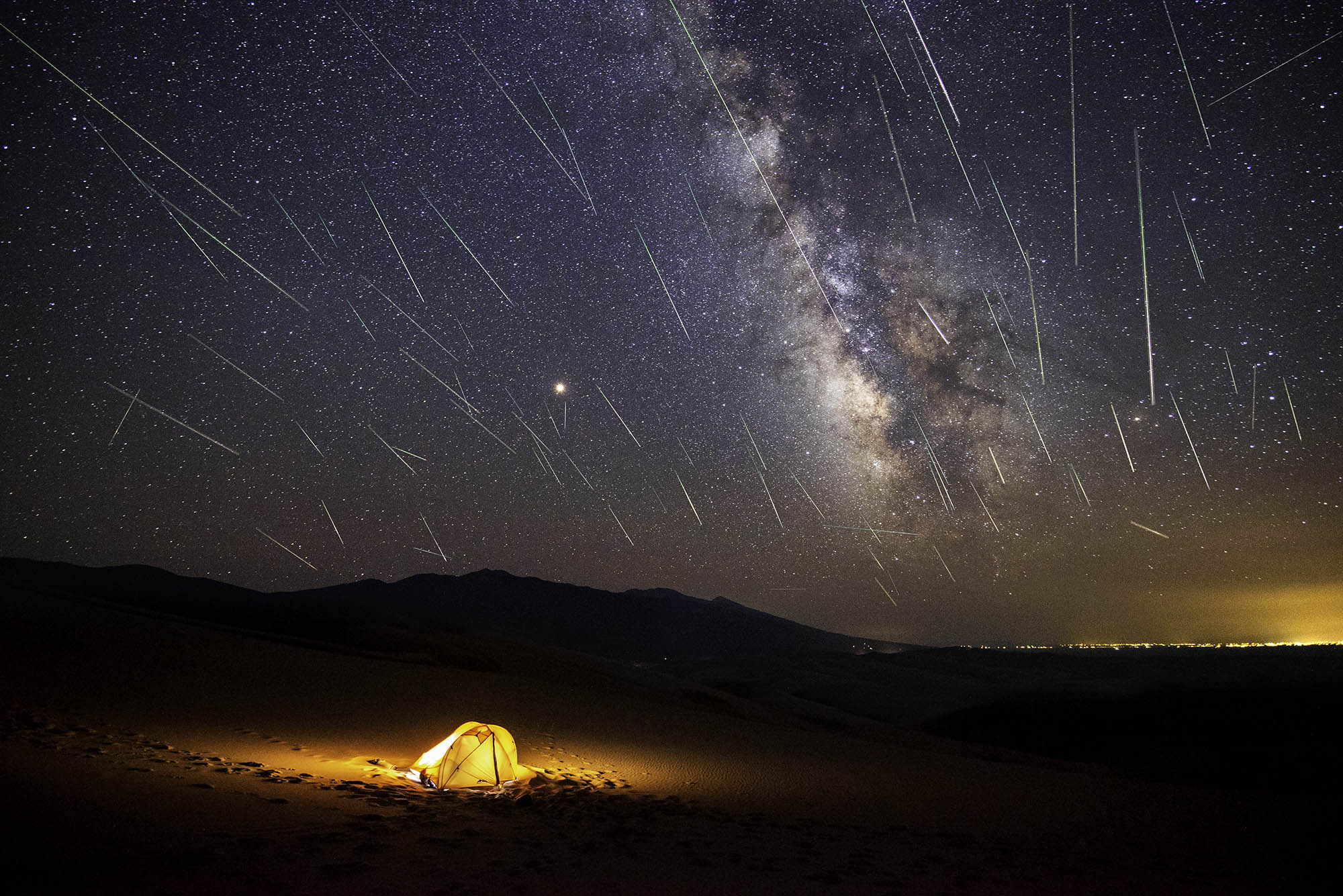
Moon muscles in
Unfortunately, prospective meteor watchers will face a major stumbling block this year, because the moon will be at a waxing gibbous phase at that time (the satellite will turn full on Thursday, Aug. 15). This means the moon will seriously hamper viewing of this year's Perseid display; bright moonlight will flood the sky for almost the entire night, playing havoc with any serious attempts to see meteors. The moon will no doubt wash out all but the brightest of these swift streaks, which will appear to emanate from the northeast part of the sky.
Were there no bright moon to interfere, a single observer in a location free of any bright lights and with a wide-open view of the sky would see anywhere from 50 to 100 meteors per hour. Those who live in big cities or brightly lit suburbs would of course, see much less.
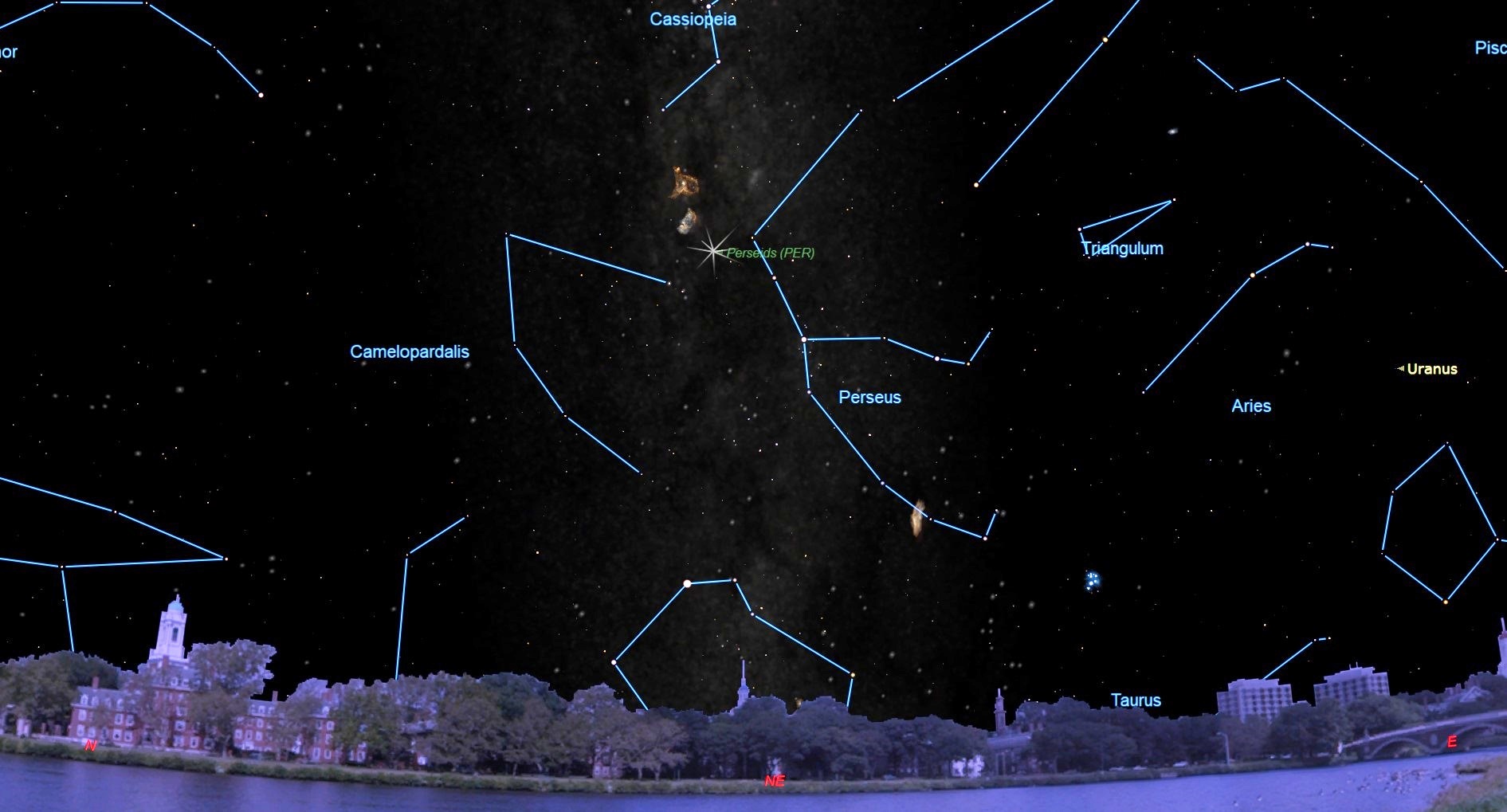
Set your alarm
Yet, those who grasp at straws have one ray of hope: On the morning of the shower's peak, the moon, 97% illuminated and practically full, will set just before the appearance of the first light of dawn. This will leave a small window in which the sky will be totally dark, free of any moonlight. So, if you hope to get a good (albeit short) look at this year's Perseids, that's the time to do it.
How long that window of opportunity lasts will depend on where you're watching. I have provided a simple table for Aug. 13 giving the local time of moonset and the time of the start of morning twilight. It also lists the duration, in minutes, of the prime dark-sky periods for meteor viewing.
Breaking space news, the latest updates on rocket launches, skywatching events and more!
| Latitude | Moonset | Dawn Breaks | Dark Sky |
| 25°N | 4:46 a.m. | 5:12 a.m. | 26 minutes |
| 30°N | 4:35 a.m. | 4:59 a.m. | 24 minutes |
| 35°N | 4:23 a.m. | 4:45 a.m. | 22 minutes |
| 40°N | 4:09 a.m. | 4:27 a.m. | 18 minutes |
| 45°N | 3:53 a.m. | 4:03 a.m. | 10 minutes |
Note that the "window of dark sky" shortens as you head north, primarily because the morning twilight period lengthens at higher latitudes.
You might also look on Aug. 12, the morning before the peak. While the rate then will be only about a quarter of the peak rate (12 to 25 meteors per hour), the moon will set about 50 minutes earlier, which means an additional 50 minutes of dark, moonless skies.
Perseids are typically fast and bright, and they occasionally leave persistent trains. A Perseid fireball can be quite spectacular and bright enough to attract attention even in the bright moonlight.
In all of my years of watching the Perseids, two especially bright showers still stand out: one in 1969 and another in 1974, both of which attained a head-turning magnitude of at least minus 10. That's as bright as a first- or last-quarter moon and, in both cases, bright enough to cast distinct shadows!
If you're really lucky, you'll catch an exploding meteor, or "bolide." Such meteors abruptly end their flight across the sky in a flash of light resembling a miniature strobe.
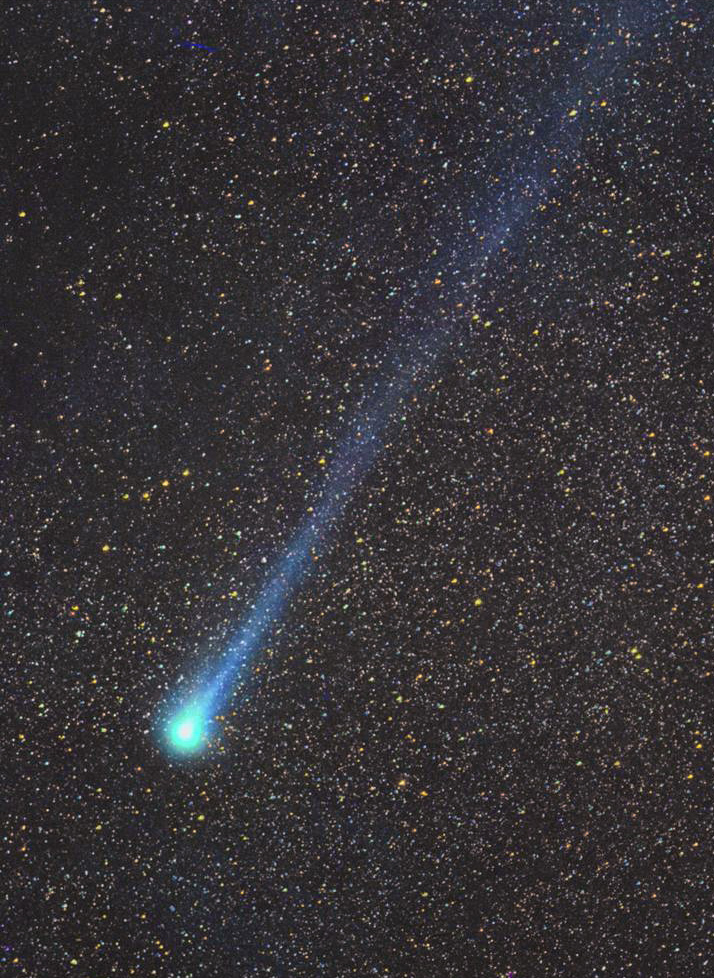
Comet bits
The Perseid meteors are the legacy of a relatively large and bright comet that at least six North American and European astronomers discovered in July 1862. By late August of that year, the comet reached as high as 2nd magnitude (as bright as the North Star, Polaris) and sported a 30 degree tail as it passed some 50 million miles (80 million km) from the Earth.
Named for its first two discoverers, Comet Swift-Tuttle then sped back out into space. But the orbit of this comet intersects Earth's around Aug. 12-13. So, each year around those dates, we pass through tiny bits and pieces that crumbled off the comet's nucleus and got left behind on its orbital path during previous visits to the sun. When these pieces collide with our atmosphere at speeds of 37 miles (60 km) per second, friction with the atmosphere cooks them to white hot, so they produce an incandescent trail of ionized gas in their wake, creating the effect of a shooting star.
A treat for our great-great-great-grandkids
Swift-Tuttle last passed through the inner solar system in December 1992. Over the few years centered on that one, the Perseids produced intense (albeit brief) meteor displays of up to a few hundred meteors per hour.
Our descendants in the 22nd century should enjoy quite a spectacle, as the comet will make an exceptionally close pass to Earth in 2126. Not only should the visitor loom large and bright, but viewers also might experience some rather dramatic Perseid showers.
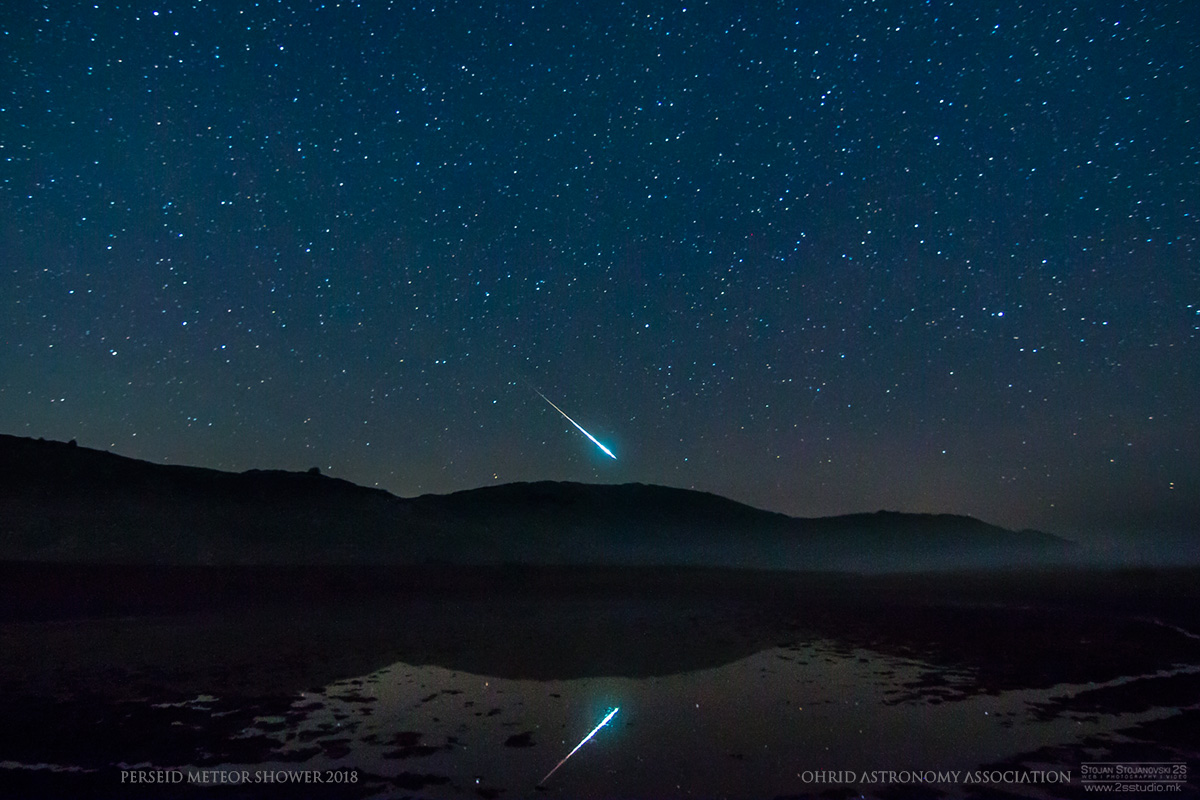
Observing tips
Expect the effective minimum temperature to fall far below what your local weather forecast predicts. When you sit quite still, close to the rapidly cooling ground, with damp air, you can become very chilled. Heavy blankets, sleeping bags, ground cloths, auto cushions and pillows are essential equipment. Some warm food and drink will also help keep you comfortable.
Look up at the sky and keep your eyes moving; don't just stare at any one spot. Look with a special emphasis on the northeast part of the sky, for the Perseids will dart from that spot. In addition, a few other "minor" showers will radiate from the southern part of the sky, and these may augment this annual midsummer celestial performance.
Good luck and clear skies!
Editor's note: If you snap an amazing photo of the 2019 Perseid meteor shower and would like to share them for a story or photo gallery, send images and comments to spacephotos@space.com!
- The Dazzling Perseid Meteor Shower of 2018 in Photos
- Top 10 Perseid Meteor Shower Facts
- Catch a Shooting Star with 2019's Summer Meteor Showers
Joe Rao serves as an instructor and guest lecturer at New York's Hayden Planetarium. He writes about astronomy for Natural History magazine, the Farmers' Almanac and other publications, and he is also an on-camera meteorologist for Verizon FiOS1 News in New York's lower Hudson Valley. Follow us on Twitter @Spacedotcom and on Facebook.
Join our Space Forums to keep talking space on the latest missions, night sky and more! And if you have a news tip, correction or comment, let us know at: community@space.com.

Joe Rao is Space.com's skywatching columnist, as well as a veteran meteorologist and eclipse chaser who also serves as an instructor and guest lecturer at New York's Hayden Planetarium. He writes about astronomy for Natural History magazine, Sky & Telescope and other publications. Joe is an 8-time Emmy-nominated meteorologist who served the Putnam Valley region of New York for over 21 years. You can find him on Twitter and YouTube tracking lunar and solar eclipses, meteor showers and more. To find out Joe's latest project, visit him on Twitter.
